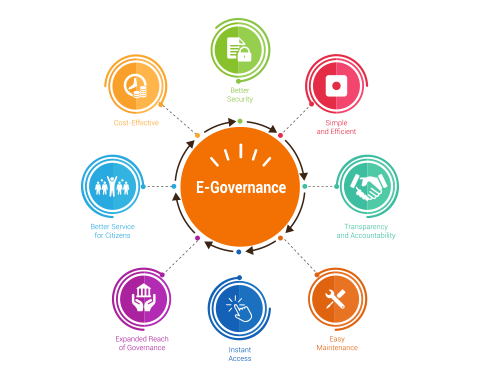Analyzing the Evolving Dynamics of Global E-Governance Market Share

In the large-scale and strategic world of government technology, the battle for E-Governance Market Share is a contest fought by a mix of global IT giants, national champions, and specialized GovTech innovators. The market share is highly concentrated at the top, with a handful of large, multinational IT services and consulting firms commanding a significant portion of the high-value, national-level projects. These incumbents leverage their global scale, their deep relationships with government clients, and their ability to manage complex, multi-year digital transformation programs. However, their position is being continuously challenged. In many countries, there is a strong political desire to support local or national technology champions, who often win a significant share of the public sector contracts.
This complex competitive dynamic is playing out within an industry that is growing at a strong and steady pace, providing opportunities for a range of players to succeed. The overall market is on a firm trajectory to expand to a size of USD 50.4 billion by 2032, propelled by a healthy Compound Annual Growth Rate (CAGR) of 11.7%. This sustained growth means that while the large incumbents are powerful, there is a growing and vibrant ecosystem of smaller, more agile "GovTech" startups that are capturing a growing share of the market. These startups often win by focusing on a specific niche of public service delivery with a modern, user-centric, and cloud-native solution that is more innovative than the offerings of the large, traditional vendors.
The primary strategies for capturing market share are varied and often depend on the player's size and political context. For the large global IT giants, the key strategy is to win the massive, foundational "platform" deals, such as building a national cloud or a digital identity system, and then to expand from there. They compete on their ability to handle complexity and scale. For the national champions, the strategy is to leverage their local knowledge, their political connections, and their status as a domestic company to win public sector contracts. For the GovTech startups, the strategy is often to start by winning smaller contracts at the local or municipal level and then to use those success stories to move up to larger, more significant projects, competing on innovation and agility.
Looking forward, the future distribution of market share will likely be shaped by the trend towards more modular and cloud-based procurement. Governments are increasingly moving away from the old model of massive, monolithic, single-vendor contracts and are instead adopting a more agile approach, procuring smaller, more flexible, cloud-based services from a variety of different vendors. This trend is a major threat to the traditional incumbents and a massive opportunity for the smaller, more specialized GovTech players. The ability to offer an open, interoperable, and API-first solution that can easily integrate with other services will be a key determinant of which companies will win the largest share of the future E-Governance market.
Explore Our Latest Trending Reports:
Japan Home Security Camera Market
- Art
- Causes
- Crafts
- Dance
- Drinks
- Film
- Fitness
- Food
- Games
- Gardening
- Health
- Home
- Literature
- Music
- Networking
- Other
- Party
- Religion
- Shopping
- Sports
- Theater
- Wellness
